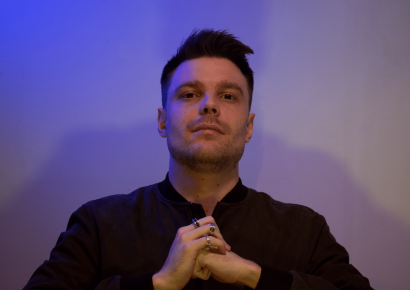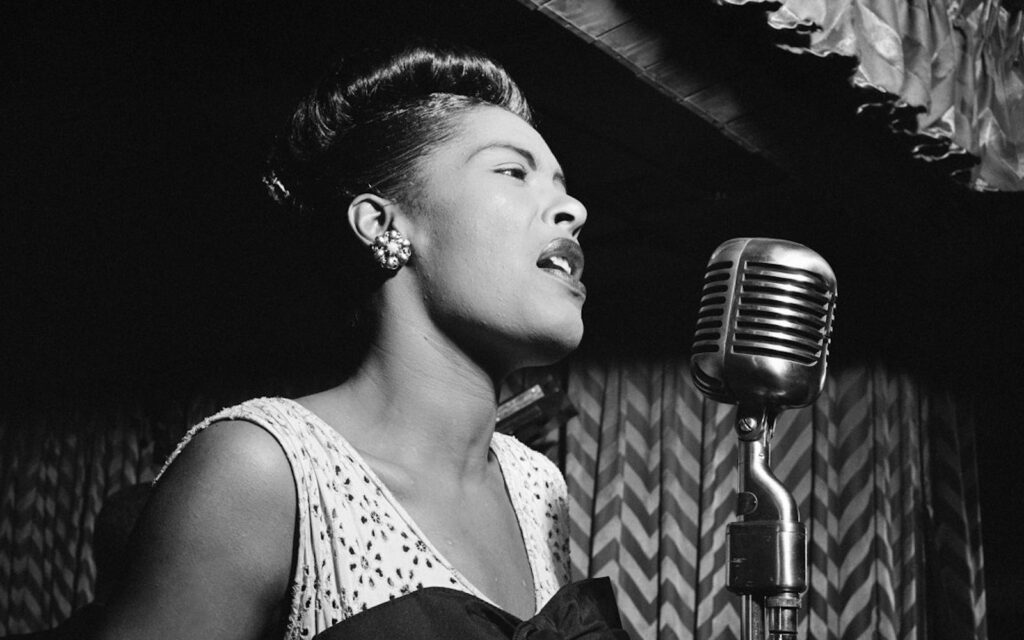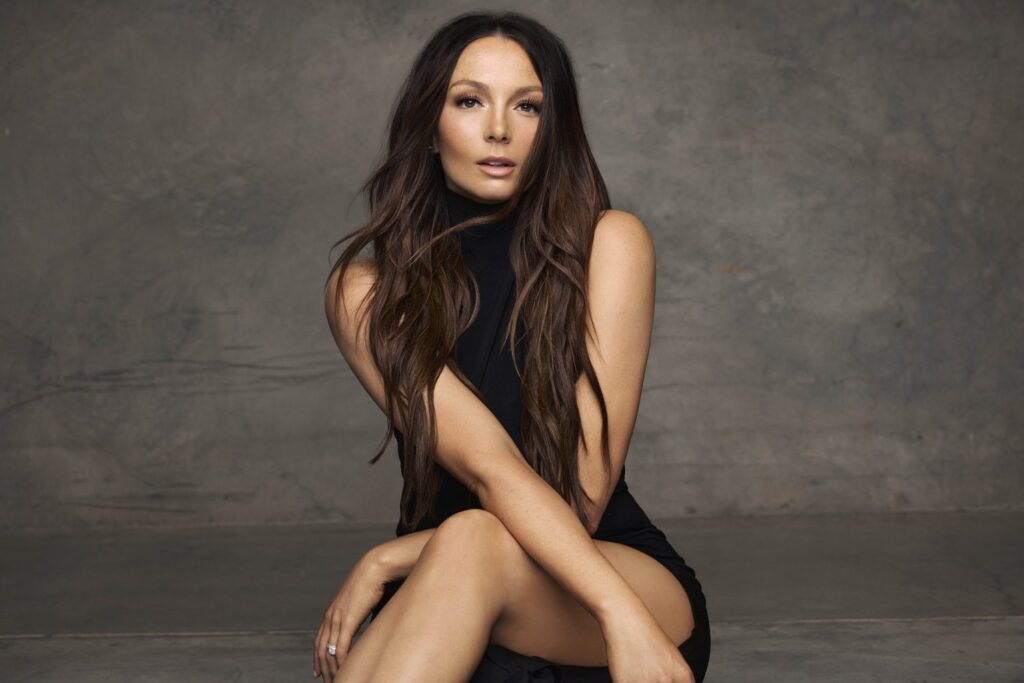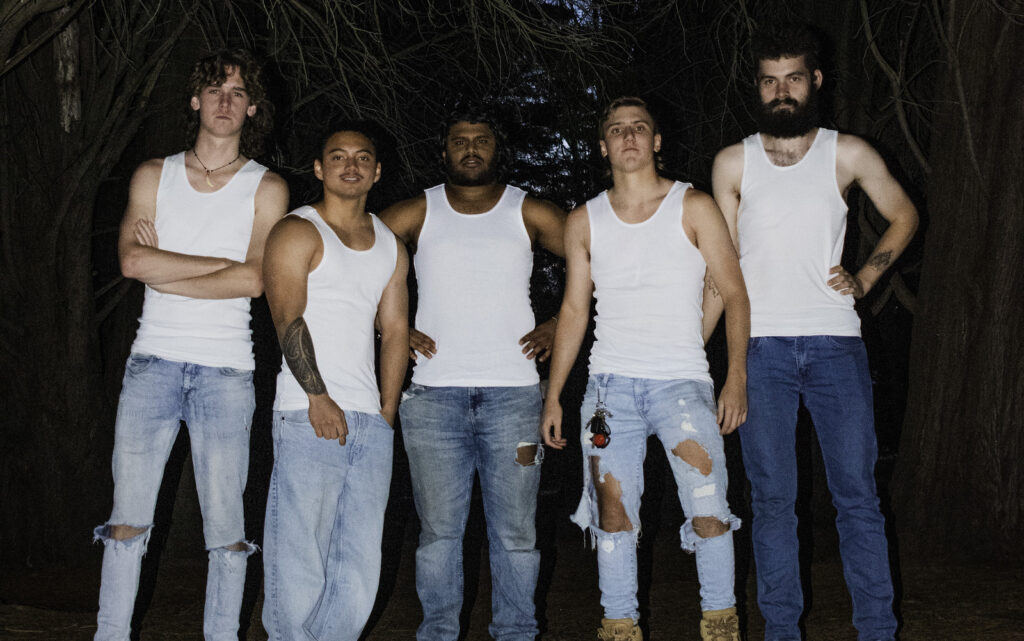The story behind the online radio stations striving to create online music communities.
Everyone lost a little bit of belonging after the 111 days of lockdown. Connection and community became valuable commodities as the world we knew faded away. Left without places for fans to assemble, the Melbourne music industry turned to radio to provide a forum to come together.
Bedroom broadcasts during the pandemic became the primary way to connect with the music community, and the glaring absence of forums for expression became the catalyst for a number of local online station’s programming.
FROCKUP and Area 3000 are two stations that were carved out of the loneliness of lockdown, both aiming to illuminate local artists and provide a forum for expression and connection when conventional means proved impossible. Hope St Radio, on the other hand, was an established online station that was forced out of its live programming by lockdown restrictions.
As last year’s extended lockdown slowly becomes a distant memory, people are spending less time locked inside searching for ways to connect with each other. So what’s next for these online radio stations in a world where punters are out and about, physically communicating once more?
Keen for more music reads? Subscribe to Beat here and we’ll send them straight to your inbox.
Area 3000
Brainchild of local DJ Sindy and aptly named after the city’s area code, Area 3000 aims to showcase budding local selectors and give a voice to the most unique parts of the Melbourne underground.
Sindy had been considering running an online radio station since a feature on East Side Radio in Portugal almost three years ago. Lockdown presented the extra time and emboldened the need for a station like Area 3000.
“During lockdown I noticed there was no go-to place to discover and listen to local artists without having to sift through various social media and streaming sites,” she says. “While the future of live music and nightclubbing was uncertain, I felt the need [for Area 3000] was greater than ever.”
Many of Area 3000’s featured DJs make up future generations of Melbourne’s club scene. Sindy’s main aim from the outset has been to foster the growth of younger artists in Melbourne.
“The music industry can often feel intimidating, especially the DJ world,” she says. “I want to remove that barrier and feeling of distance and offer everyone the chance to participate in making and sharing music.”
Along with this focus on younger artists, Sindy intends to make Area 3000 the home of niche genre mixes that receive less play time on traditional radio formats.
However, vital to all of these aims is the city of Melbourne. For Sindy, the focus will always be on local artists and providing fans with the opportunity to engage with these artists. With the launch of their gig guide, Area 3000 has reaffirmed its dedication to encouraging participation in the Melbourne scene.
By showcasing live mixes from local gigs and continuing to broadcast eclectic mixes, Sindy hopes to sustain Area 3000’s participation in the scene even as Melbourne emerges from lockdown.
“We want listeners who like the music they hear on our radio to engage with artists,” she says. “Melbourne is our whole identity and we are working hard to amplify the voices of the artists in this city.”
Tune in to the sounds of Area 3000 here.
View this post on Instagram
FROCKUP
Online radio station and magazine FROCKUP prides itself on being led by its contributors and fostering a community for inspired creatives to come together. Founders and close friends Sean Ruse, James Morgan, Ivy Rose and Josh Pryor found that their sense of disconnection in lockdown was echoed not only in their own community but around the world.
Although they had to navigate Zoom meetings and social distancing, the team wanted to ensure that no one was excluded from their online community.
“We wanted to be as broad, accessible and diverse as possible, a platform that would allow anyone to get involved and do what they wanted,” Ruse says. But when it comes to balancing the many forms the online community takes, FROCKUP is led by their environment. “We’ve organically let FROCKUP drift into the direction that our collaborators and our interests take them.”
While FROCKUP was born to create communities within Melbourne when disconnection was rampant, the station and magazine continues to adapt to the changing local landscape. Take their project New Neighbours, which gives a voice to relocated Melbourne artists by presenting their work on the FROCKUP website.
Even as they continue to adapt, Ruse maintains that community will be the driving force behind FROCKUP.
“Our aim is to bring people together and collaborate however we can, instead of trying to compete with other similar magazines and crews,” Ruse says.
Live events will also become part of the FROCKUP repertoire as dancefloors become less regulated. In January, they hosted a day party at The Gasometer Hotel that gave the organisers the opportunity to finally meet the people who had supported them online throughout the year.
Being able to deliver what seemed impossible not so long ago was incredibly special to all the FROCKUP team, and for Ruse, “reaching capacity at 7pm and seeing a massive line down Alexandra Parade was a surreal experience to say the least!”
Check out FROCKUP’s online home here.
View this post on Instagram
Hope St Radio
Born in December 2017, Hope St Radio was well established as one of Melbourne’s most popular local online stations before the pandemic struck. Inspired by a visit to NYC, founder Pete Baxter wanted to create something similar to Lot Radio, a live radio broadcast where listeners could have a drink and hang out at the broadcast desk.
Baxter wanted to stray away from the conventions of both DJ shows and radio broadcasting, creating a casual place in between where DJs and fans could relax, whether they listened live or online. Although it took Baxter a while to work out which cord went where, the radio station didn’t take things too seriously in the beginning, immediately fostering an inclusive, relaxed vibe from the get-go.
Rather than host a continuous program of residents, Hope St rotates both its hosts and venue during each seasonal fixture. The station has now spanned six seasonal programs, broadcasting everywhere from Rooftop Bar in the CBD to the gardens of the Melbourne Zoo.
Throughout all the seasonal programs, the shining light for Baxter has been the growth of the Hope St family.
“Community is so nice and I think we have played a cool role in bringing people together,” Baxter says, “It’s also been great to see artists develop and gain opportunities through their shows and the popularity of the station.”
During lockdown, Hope St broadcasted a number of pre-recorded iso mixes after cancelling its scheduled winter programming. Circumstances took the live element of the station away, creating a very different Hope St community.
Yet despite the disruptions, Hope St experienced a huge jump in listenership during lockdown. And with the promising development of a new Collingwood Yards space currently underway, Hope St is set to be bigger and better in 2021.
Explore everything Hope St here.
View this post on Instagram
Keen on another fun read? Check out our piece on ten cult heroes of Melbourne’s music underground.







